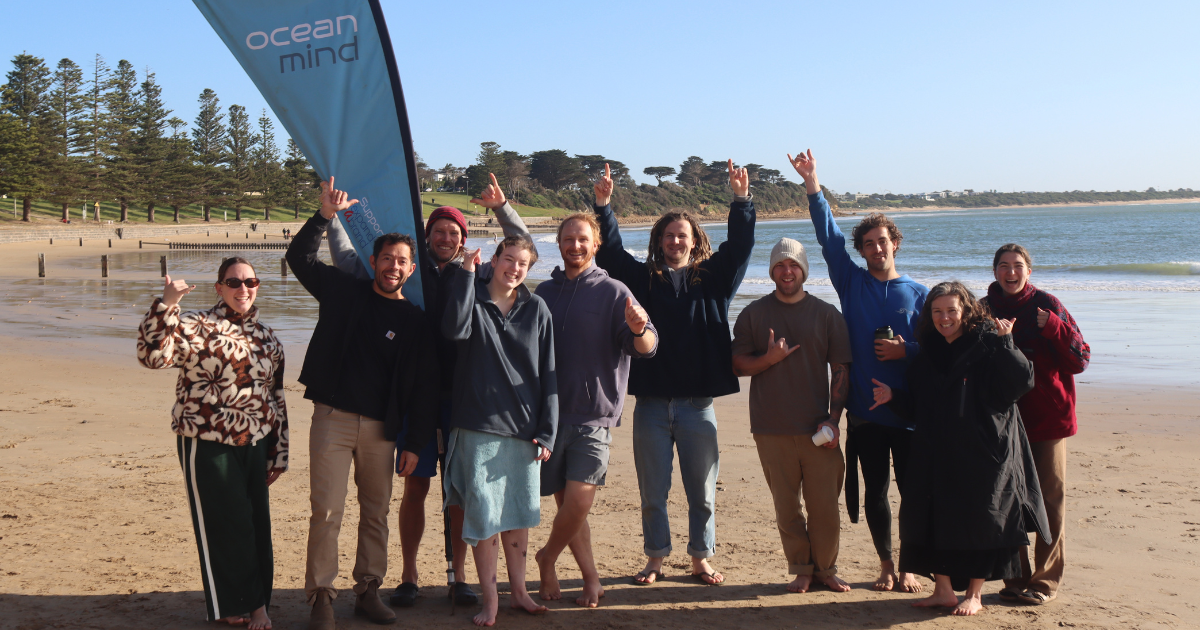Surf Coast’s creativity powers the region’s economy
THE Surf Coast’s creative jobs are being highlighted as an example of one of the industries that will drive the economic future of regional Australia.
The Regional Growth Prospects Report, prepared by the Regional Australia Institute (RAI), pinpoints regions across the country where jobs in tourism, food processing, advanced manufacturing and creative industries really matter for local employment, and where policy makers and regional leaders should focus investment.
The Surf Coast is fourth on a list of areas identified as a hotspot for creative industries, with the municipality having a fair mix of creative occupations (excluding computing-based creative occupations) and stronger representation from architecture-based occupations and fashion, industrial and jewellery design (40 jobs).
The municipality was among the top local government authorities for creative industries in both 2006 and 2011. The report also notes the Surf Coast has strong economic ties to the nearby city of Melbourne.
Greater Geelong was ranked 11th for creative industries.
RAI co-CEO Liz Ritchie said analysing job numbers made it possible to see where “specialised” regions were located and which ones were performing above national and industry trends.
“Specialised regions in this report are the places where there is a high proportion of local jobs in the industry, compared to the national average for a place of that size.
“OECD experience shows that business-led specialisation approaches are effective in supporting regions to maintain their competitiveness in national and global contexts,” Ms Ritchie said.
RAI co-CEO Dr Kim Houghton said the new research would enable policy makers and regional stakeholders to prioritise investment opportunities and help energise local economies in a more strategic way.
“We are recommending that policy makers tailor their approach in local regions – by supporting those that are performing above trend and removing barriers for those that aren’t.
“We’re also encouraging regional leaders to take a look at how their region is tracking, then kick start
conversations about what plans are needed for the future.”
The latest government job vacancy figures show there are more than 43,000 positions needing to be filled across regional Australia.
“If growth prospects are realised, workforce demand will increase. We are encouraging regions identified in this report to assess their local workforce and skills needed to ensure potential new jobs can be filled,” Dr Houghton said.


















